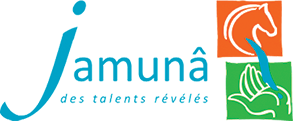The professional co-development group is an approach to development for people who believe they teach each other with a view to improving their working practice. Individual reflection and group discussion is favoured by a structured consultation exercise focussing on the issues currently faced by the participants..."
Adrien Payette and Claude Champagne
(creators of the method)
This method, which originated in Canada, is at the crossroads between action, experiment and group dynamics.
The training-action groups comprise between 4 and 8 people, and are accompanied by a specially trained facilitator who makes sure the process runs well.
One by one, the participants take the role of a client to present the aspect of their practice they would like to improve or the questions posed by the progress of their project. The other participants act as consultants to assist the 'client' and enrich their understanding and capacity for action on the topic presented. Discussions between group members are structured by a specific consultation process.
The features of Co-Development :
For whom ?
Peer groups, whether they be managers or not, within the same company or from different companies, who are motivated and wish to benefit from a helpful and enriching cross-functional view of their working practice.


